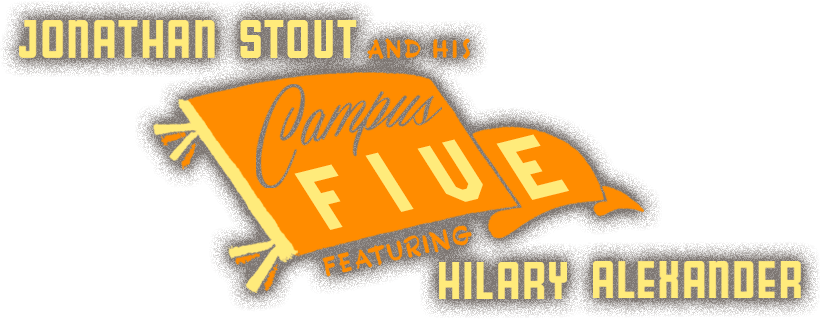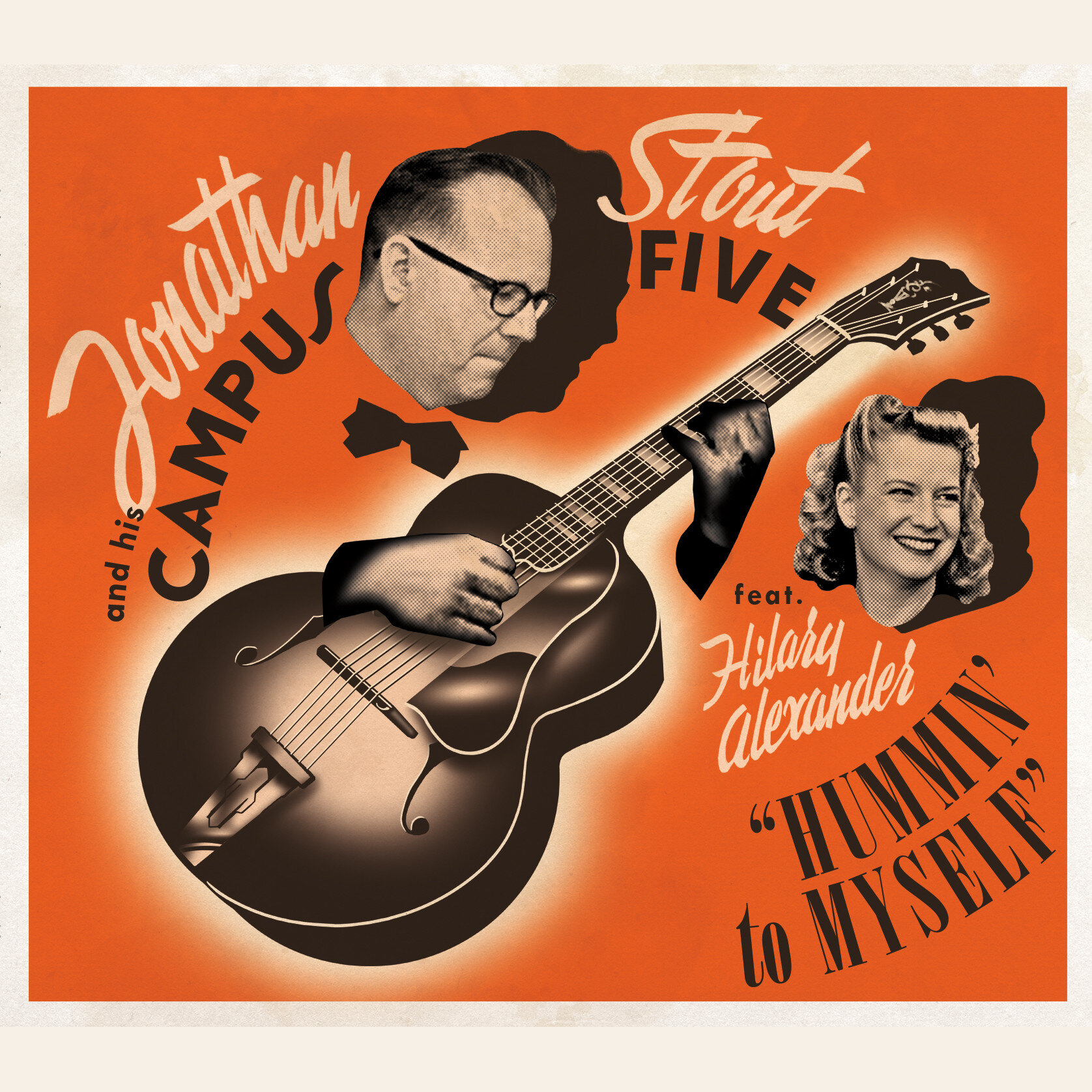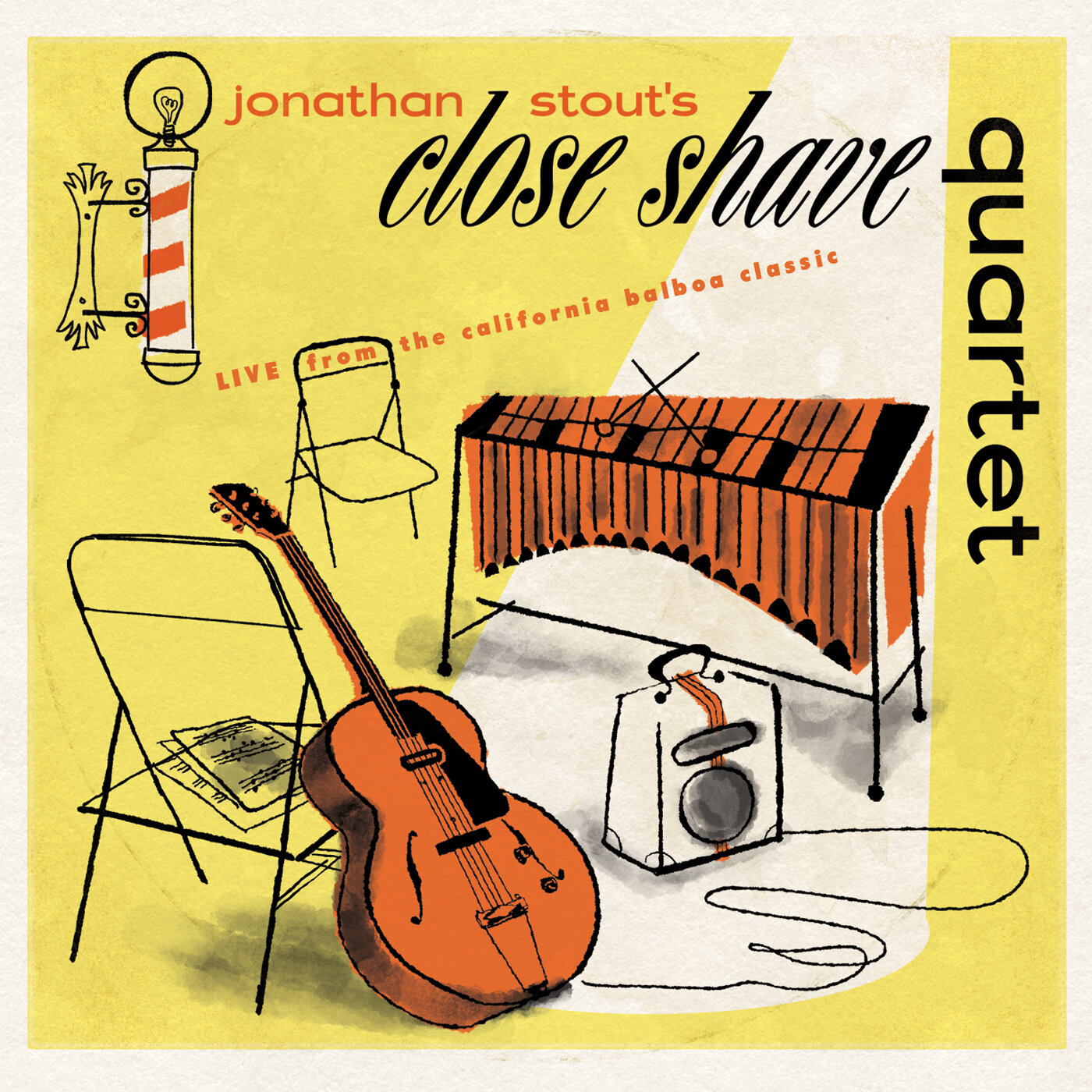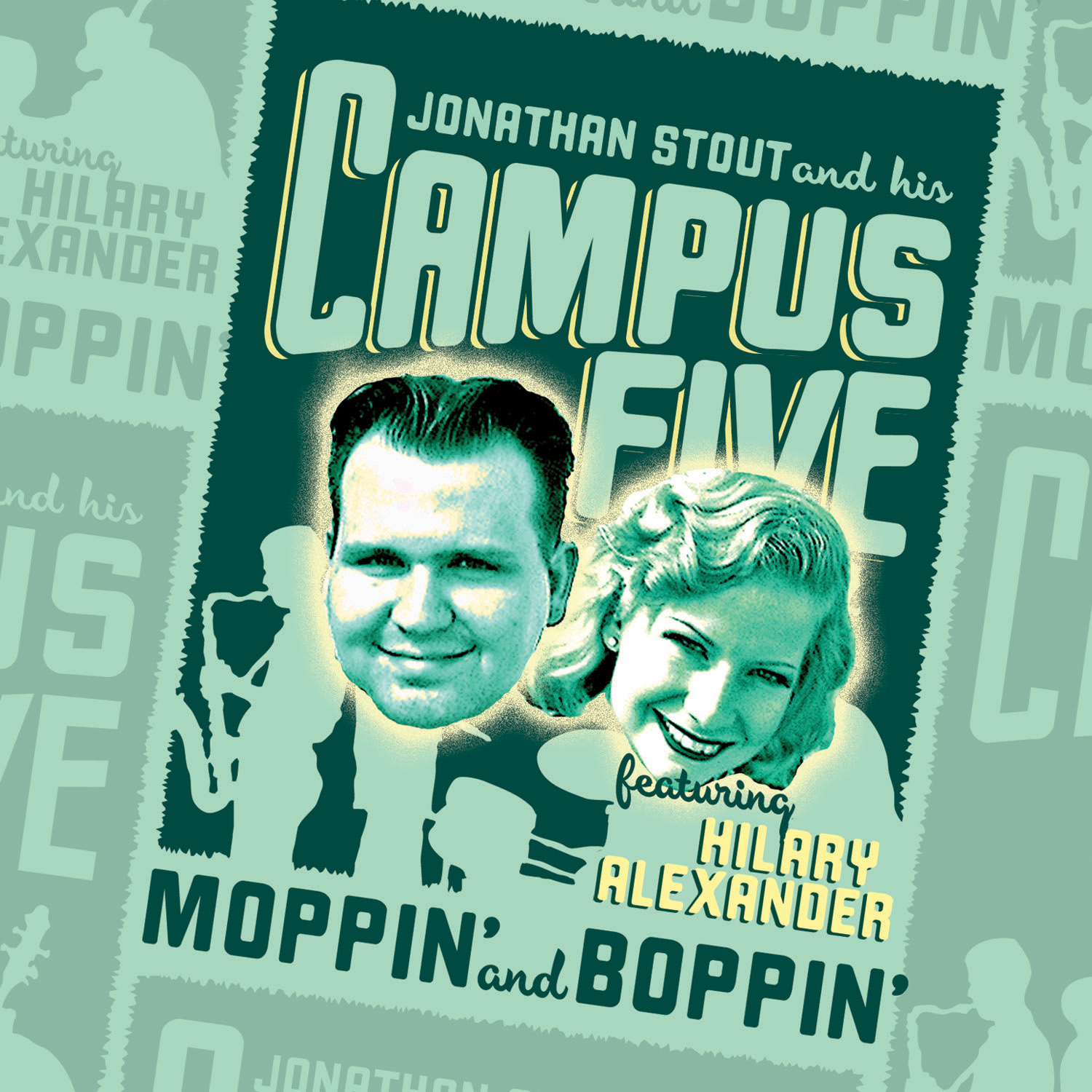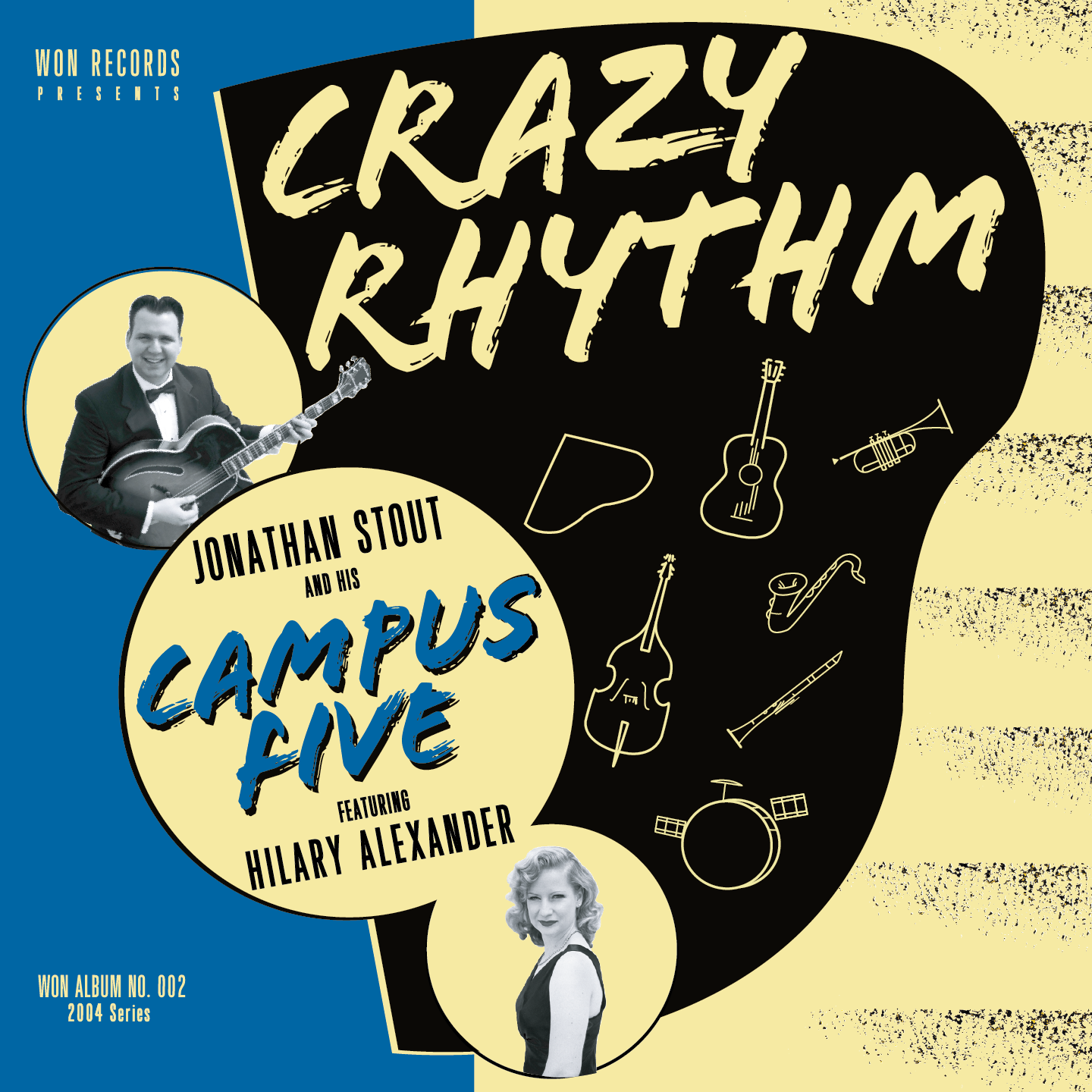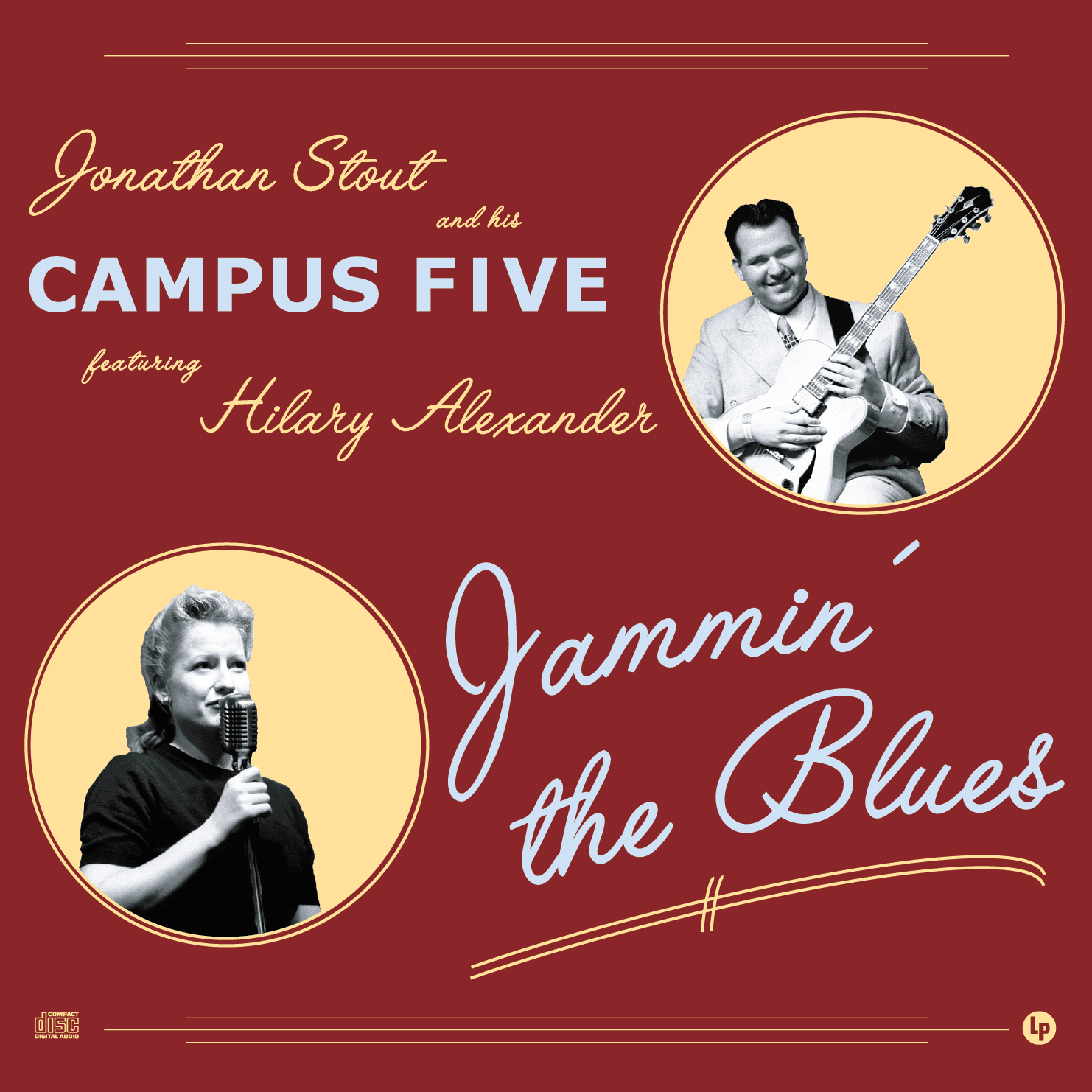A Few of My Favorite Things - youtube Edition
/In honor of the season, here's a few of the song/videos that are among my absolute favorite recorded musical moments ever. I hope they bring you as much joy and inspiration as they do me. Collecting them like this has made me notice some of the recurring themes, aspects and musicians.
All Star Jump - The 1941 Metronome All-Stars
Cootie Williams, Harry James, Ziggy Elman (tp); Jay C. Higginbotham, Tommy Dorsey (tb); Benny Carter , Toots Mondello (as); Coleman Hawkins, Tex Beneke (ts); Benny Goodman (cl); Count Basie (p); Charlie Christian (g); Artie Bernstein (b); Buddy Rich (d); New York, January 16, 1941
Perhaps my favorite recording of all time, "All Star Jump" is something I DJ at almost every opportunity. It's just "One O'Clock Jump" with a different brass shout riff, but what makes this song special is the absurd assemblage of talent present. It's like they cherry picked most of my all of my favorite players and put them on one session. Charlie Christian, Cootie Williams, Benny Carter, Benny Goodman, Coleman Hawkins, Count Basie, and Buddy Rich - heavy, man, heavy. Dig the Coleman Hawkins solo, where he sneaks in a riff chorus that he used a couple times on All-Star sessions, which later became the basis for "Feedin' the Bean" which was among a handful of charts the Basie band recorded with Coleman Hawkins (including "920 Special") after Lester young left the band. (Yeah, I know Cootie doesn't take a solo on this one, but he's on the next one too).
Bugle Call Rag - The 1941 Metronome All-Stars
Same Band/Date as above
From the other side of the record from "All Star Jump", this "Bugle Call Rag" is basically the same arrangement as the 1936 Benny Goodman studio version, but way more intense. Heard on this tune, but not on the last one are Tommy Dorsey and Cootie Williams (who may just be favorite instrumentalist of all time). All the solos are great, but those out riffs are damn tight and clean. It's like every single one of the brass hits is being played with the same exact mind. And listen to Buddy Rich just driving like a mother and dropping cymbal crashes that serve perfect punctuation, but unlike the post-1945 Rich, I don't think you can say he's overplaying for even a second. I squee a little bit every time I get to those riffs. Squee.
Ring Dem Bells - Lionel Hampton
Cootie Williams (tp); Johnny Hodges (as); Edgar Sampson (bar); Jess Stacy (p); Allen Reuss (g); Billy Taylor (b); Sonny Greer (d); Lionel Hampton (vib); New York, January 18, 1938
Another song that makes me jump from beginning to end, "Ring Dem Bells" is again another all-star session, this time led by Lionel Hampton. Most of Hamp's various all-star sessions from 1937-1940 are solid, and often transcendent. This time the rhythm section is anchored by my favorite rhythm guitarist, Allan Reuss, whom you can hear driving the band. Again, Cootie and Benny Carter are two of my absolute favorite soloists, and add to that famed arranger Edgar Sampson throwing down on bari. Hampton is also one of my favorite vocalists, and his vocal chorus and scat choruses just jam. Lastly, the sequence of background riffs under Hamp's out choruses is a master class in riff-writing and syncopation. EDITE The first youtube clip I linked to for this song was clearly too slow - one of the consequences of doing much of this writing in places I can be listening to the sound at the same time. The current one is the correct tempo.
Jammin' the Blues - Lester Young, et. al.
Lester Young (ts); Harry Sweets Edison (tp); Illinois Jacquet (ts); Barney Kessel (g); Marlowe Morris (p); Red Callendar (b); Sid Catlett (d); Jo Jones (d)
Perhaps the single greatest influence on the sound and aesthetic of the Campus Five, "Jammin' the Blues" features all of the things that I believe in most: riffs, interaction, and syncopation. Lester Young is in fine form, followed by Barney Kessel, and then Sweets Edison. I love the interplay between Sweets and drummer Sid Catlett. Of course, it's Jo Jones who is depicted on screen, but this was not the case on the original recording. Because of scheduling problems during filming, the order was swapped, and so when you see Sid on screen, it's Jo Jones you hear, and vise versa. Of course the song concludes with Illinois Jacquet taking a solo over the tom-toms and then the syncopated riff with Illinois still riding over top. Squee!
Dickie's Dream - Count Basie
Earl Warren (as); Coleman Hawkins (ts); Ben Webster (ts); Gerry Mulligan (bs); Roy Eldridge (tp); Joe Wilder (tp); Emmett Berry(tp); Joe Newman(tp); Dickie Wells (tb); Vic Dickenson (tb); Freddie Green (g); Count Basie (p); Jo Jones (d); 1957
Continuing the theme of all-star blowing sessions, this latter-day program features an old-testament sound during new-testament times. Jo Jones returns for the session, and there seem to be no signs of the lanky, behind-the-beat groovy sound of the then current Basie band. All the soloists are solidy swinging, and the rhythm is heavy. Jo Jones' interactive playing is such a great catalyst. Personal favorite moments are where Billie Holiday is seen hanging out in the background, especially when she starts talking to Basie during his solo, and during the way Jo Jones hits those heavy accents during the shout chorus but looks so elegant and smooth doing it.
Stealin Apples - Lionel Hampton
Lionel Hampton (vib); Benny Goodman aka Professor Mandelbrot (cl); Mel Powell (p); Louie Bellson (d); unknown rest
The last of these is legitimately funny beside swinging really hard. Repetition, call-and-response interaction, and syncopation are all themes that have popped up in each of the previous examples, and so too here. From the movie "A Song is Born", Hamp is attempting to demonstrate an example of small-group jazz, but is short his regular clarinet player. The professor documenting this sound goes to fetch his conservatory colleague, the icky Professor Mandelbrot to fill in. Clearly Hamp is nonplused to try to teach this square to swing, but of course, we can see it's really Benny Goodman with a terrible mustache, and the Professor very quickly gets the hang of it. Once the tune is cooking it's full of my favorite things: trading soloists, call and response, riffs, big rhythmic accents. It always brings a smile to my face.
